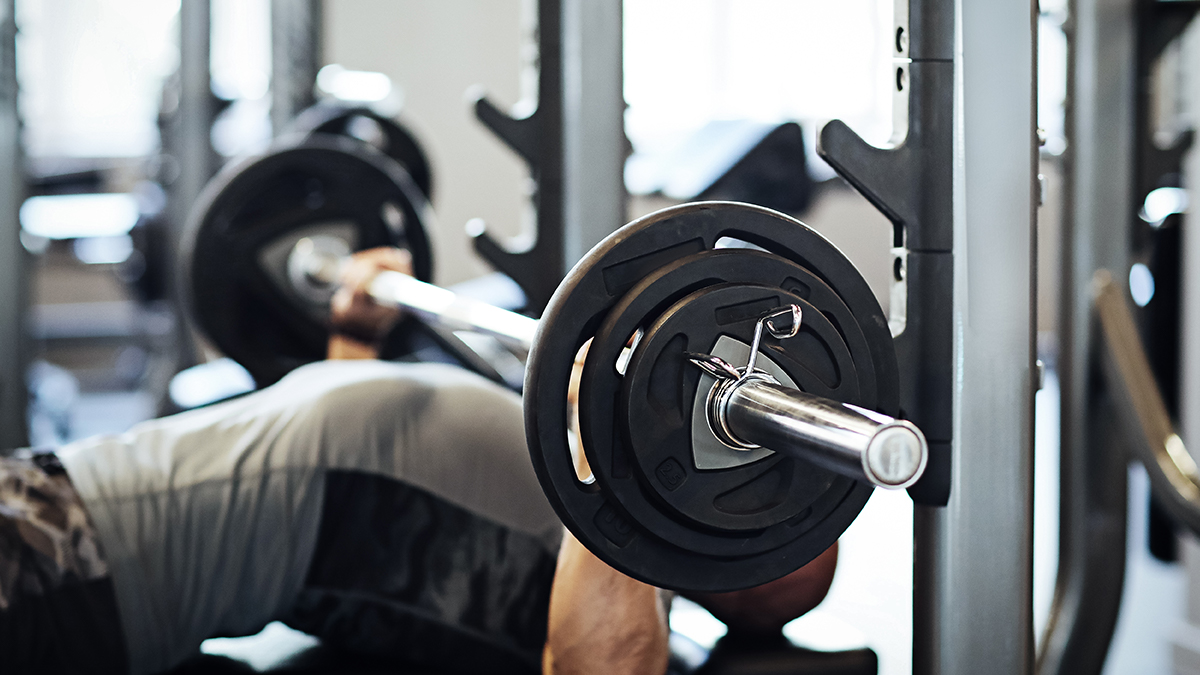Over the years of playing or participating in any sport, our body goes through changes and adaptations to help us better get into the positions and movements for that sport. While our body is trying its best, cycling and triathlon can lead to poor posture and a loss of range of motion at many of the joints. Luckily, with an intelligent strength training program, you can avoid these negative changes and instead bolster your in-sport abilities and boost your performances.
Here are four common mistakes masters make when it comes to strength training for their sport, and how to avoid them.
1. Focusing on Mimicking Sport Movements
Many athletes who are new to strength training for sport performance make the mistake of thinking that in order to get better at their sport, they need to strength train in the same movement patterns as their chosen sport.
Baseball is a great example of this. With its specific throwing and batting movements, you’d think that baseball players are simply going into the weightroom and performing similar movements, yet when you look at well-designed programs from the best in the business, you’ll notice that less than 15 percent of most programed movements match those of the sport. Close to 40 percent counter the movements dominant in the sport, helping the athlete maintain balance.
Work on balancing out the imbalances that occur in our sport. Working on good breathing patterns, thoracic extension, pulling, and rotary stability give you some of the biggest returns on investment.
Try The Suitcase Deadlift (three sets of eight each side).
2. Weight Training Only in the Off-Season or Base Phase
Strength, just like metabolic fitness, falls off when the individual is not constantly being pushed beyond their baseline. In as little as two weeks, one can see a drop in strength and explosiveness if the system is not challenged.
This doesn’t mean that you should be lifting heavy things all year, but it does mean that if one learns how to build an intelligently-designed strength training program, they can reap massive benefits throughout the season through nontraditional variations of exercises that provide massive bang for the buck.
Try Double Kettlebell Hover Deadlifts (three sets of eight with two- to three-second “hover”).
3. Not Training Heavy
Training with heavy weights—those that challenge you at a seven or eight on a scale of one to 10—is very important. Integral, in fact!
Lifting heavy things challenges our bodies to coordinate itself in ways that can supercharge our results. It creates intra-abdominal pressure (IAP) to stabilize our spine, uses our prime movers to pick up a weight or put it down, and engages our stabilizers to keep the joints in their optimal positions to execute the task.
Don’t get too excited here—heavy weights do not, and should not be one-repetition maximums. We don’t have a need for that kind of work as triathletes, and more importantly, we do not have the tissue adaptations necessary to properly deal with and distribute the forces exerted on the tissues and structures of the body.
Sets of three and four repetitions of prime exercises such as deadlifts off of blocks, bench press, seated rows, and front squats are all incredibly useful when you understand when, how and why to program them into a training plan for an athlete. Also understand how they shouldn’t be incorporated into a training plan. For example, don’t hit the gym and immediately go into heavy weights. You first need to go through two stages in the strength training cycle—anatomical adaptations and hypertrophy.
Learn how to write intelligently designed strength training programs & when to incorporate heavy strength training, here.
4. Training Explosively Without a Solid and Balanced Strength Base
Many cyclists head to the gym and immediately start blowing through plyometrics. Four sets of 20 and three sets of 10 high box jumps, and three-plus minutes of high-intensity jump rope are all fairly popular exercises in the cycling community.
These exercises are extremely hard on the joints, as when done in such large quantities (and with poor posture and joint position), can lead to not only unnecessary wear and tear on the joints, but also decreased performances.
If you really want to get the most out of your plyometrics, learn how to get what’s called triple extension—the extension of the ankles, knees, and hips. This should come after first working to balance out your muscular imbalances, and learning how to get into powerful postures that protect your joints, not expose them to forces they aren’t built to deal with.
Also, learn how to land. Simply learning how to absorb the forces of jumping through the muscles, and not in the joints, allows the muscle tissue to become more spring-like, as well as helps you have a much longer, and more successful career.
Try Hands on hips vertical and absorb (three sets of five repetitions).



